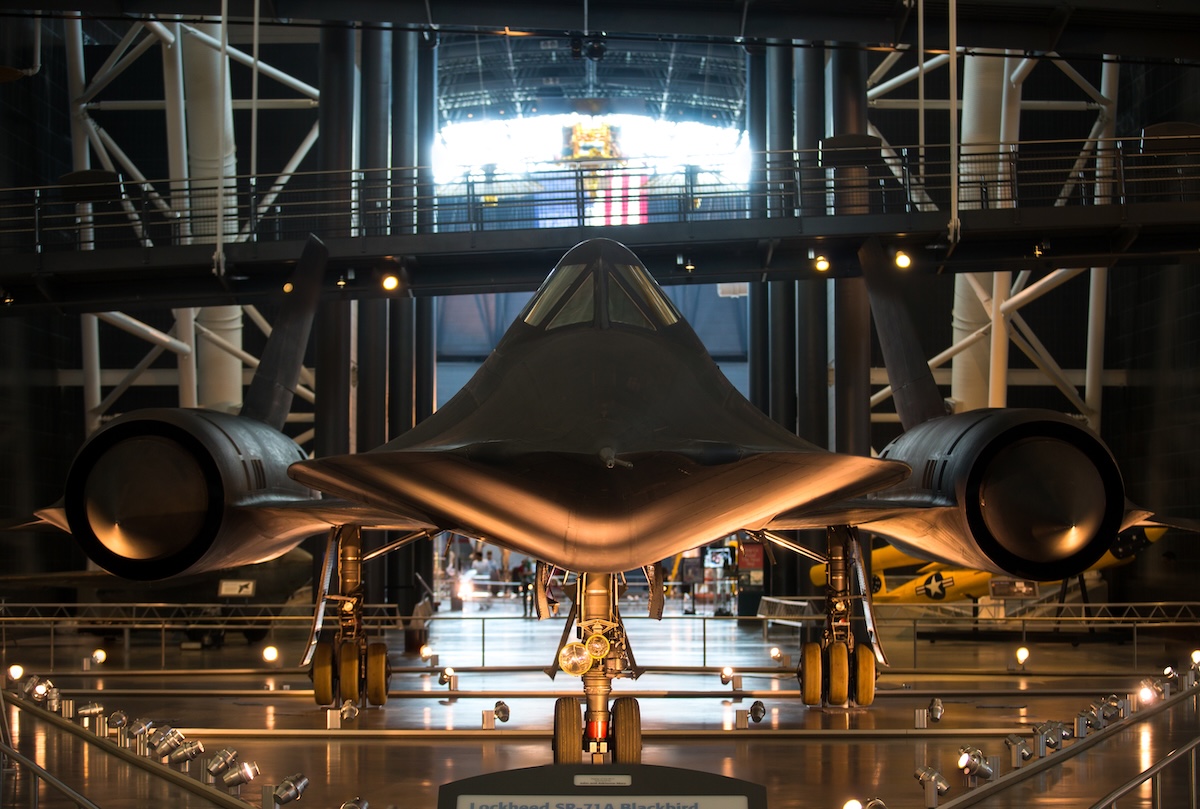
When you’re America’s biggest defense contractor, the U.S. government is your best customer and your biggest wild card.
That’s the balancing act Lockheed Martin (LMT) has had to manage, especially under President Trump.
The aerospace and defense giant supplies everything from fighter jets and missiles to spacecraft for the Department of Defense, the Department of Energy, and NASA. But in today’s Washington, government contracts can be as unstable as they are lucrative.
Take the moon mission.
During Trump’s first term, he vowed to send Americans back to the moon by 2024, an initiative eventually named Project Artemis. He called for a “sustainable human presence” on the moon by 2028. That didn’t happen.
Now, the Trump administration is walking it back.
Last month’s “skinny budget” proposal for 2026 includes $879 million in cuts to NASA’s “legacy human exploration systems.” It would phase out the Space Launch System (SLS) and Orion capsule, the very systems designed to fly astronauts to the moon.
It would also immediately cancel Gateway, the planned lunar space station where Orion was supposed to dock.
That hits Lockheed Martin where it hurts. The company built the Orion capsule and was positioned to profit from up to 20 Artemis missions—an $82 billion opportunity over two decades.
And it’s not just Lockheed. Boeing (BA), the lead subcontractor for SLS, is also taking a hit.
The White House says it now favors “more cost-effective commercial systems” for lunar missions. Translation: if Elon Musk can patch things up with Trump, SpaceX may be the next big winner.
From Moon missions to missile shields
Lockheed isn’t out of Trump’s good graces.
When the president unveiled his ambitious $175 billion “Golden Dome” missile defense system last month, Lockheed execs were front and center. The company is reportedly a leading contender to help build the shield.
And Trump’s plans don’t stop at space or defense.
He’s also floated an F-35 replacement called the F-55, a twin-engine fighter jet that would mark a major shift from Lockheed’s current single-engine design.
The idea has drawn plenty of skepticism. Engineering a completely new aircraft would take years and cost billions.
But if it happens, Lockheed would be the prime contractor once again. And the company’s CEO, Jim Taiclet, sounds on board. “We will have a successful program,” Taiclet told Fox Business. But “it will be expensive,” he added
The plan is to build 3,500 F-55 jets “over many, many years,” flying well into the 2080s.
Your email address will not be published. Required fields are markedmarked